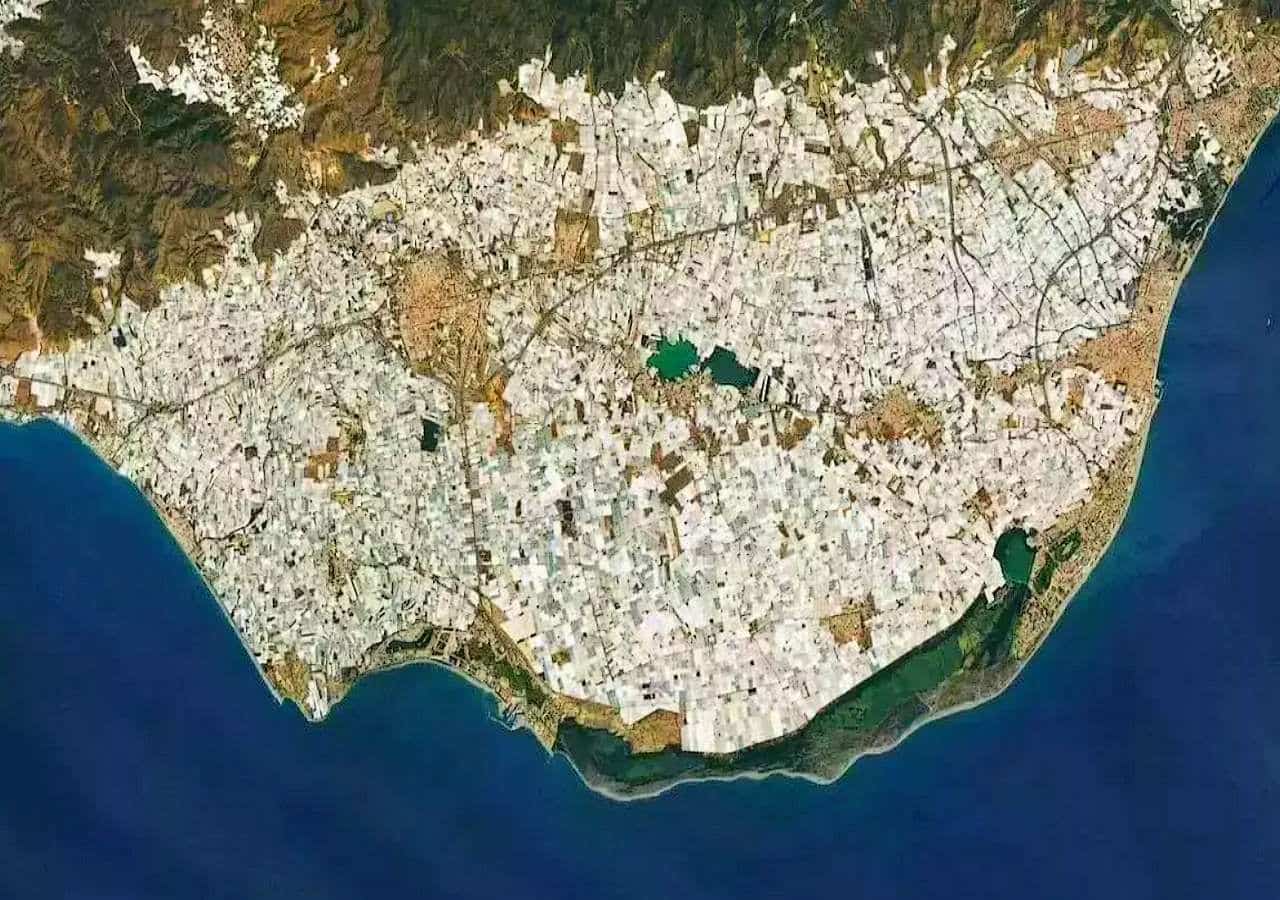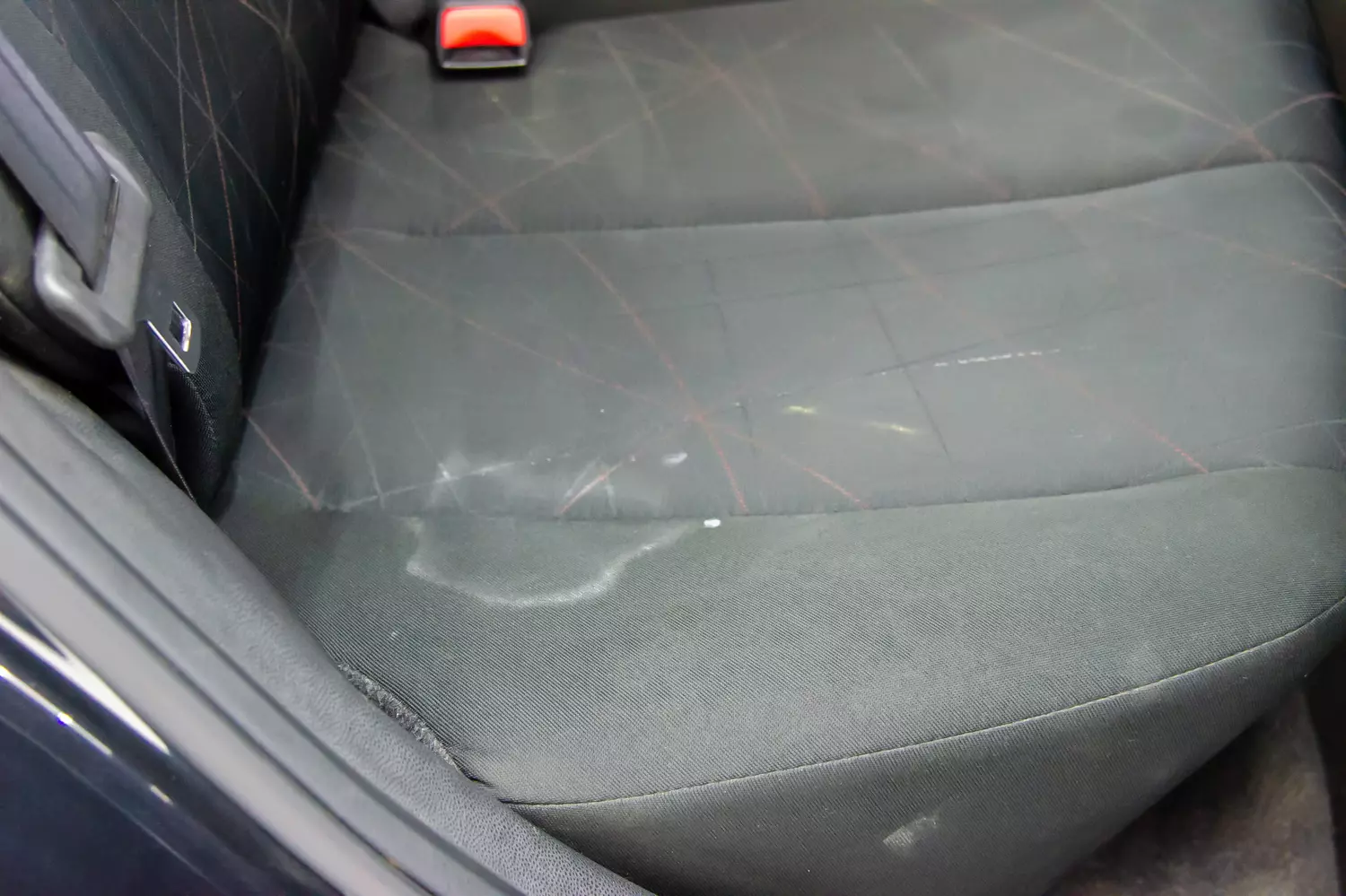When astronauts peer down at Earth from the International Space Station, they witness a mosaic of natural wonders and human achievements. Among these spectacular views, one particular sight stands out with remarkable clarity : a brilliant white expanse that gleams like a mirror across the Mediterranean landscape. This isn’t ancient architecture or natural formation, but rather Europe’s most visible human-made structure from space.
The unexpected visibility champion from orbit
Contrary to popular belief, iconic structures like Egypt’s pyramids or China’s Great Wall remain virtually invisible to the naked eye from space. The honor of being Europe’s most space-visible construction belongs to something far more practical and contemporary : the greenhouse complexes of Almería in southern Spain.
This agricultural marvel, known locally as mar de plástico (sea of plastic), spans over 40,000 hectares of what was once arid, semi-desert terrain. The reflective white plastic roofing creates such a striking contrast against the surrounding landscape that satellites easily detect it, and astronauts consistently describe it as one of Earth’s most recognizable human signatures.
NASA Earth has documented this phenomenon extensively, confirming that the concentrated reflectivity of these agricultural installations makes them more visible from orbit than many traditionally celebrated monuments. The sheer scale and uniform brightness create a distinctive white patch that stands out dramatically against Spain’s southeastern coastline.
From desert wasteland to agricultural powerhouse
The transformation of Almería province began in the 1950s as an experimental solution to challenging environmental conditions. What started as a modest attempt to cultivate crops in hostile terrain has evolved into one of Europe’s most significant agricultural operations.
This region now produces between 2.5 and 3.5 million tons of fresh produce annually, supplying European supermarkets with year-round access to tomatoes, cucumbers, peppers, and zucchini. The development represents a remarkable example of how human innovation can transform seemingly impossible agricultural conditions into productive farmland.
The greenhouse network employs sophisticated irrigation systems, climate control technology, and waste management practices that have revolutionized intensive farming. These innovations have been studied and replicated worldwide, though no other concentration matches the scale and efficiency achieved in the Campo de Dalías and El Ejido areas.
Technology meets sustainability in modern agriculture
The Almería greenhouse complex operates on principles that extend far beyond simple crop production. Advanced drip irrigation systems maximize water efficiency in one of Europe’s driest regions, while precise climate control enables optimal growing conditions throughout the year.
Recent developments have addressed environmental concerns through sustainable certification programs and significant reductions in chemical usage. The industry has embraced technologies that demonstrate how intensive agriculture can become increasingly environmentally responsible while maintaining high productivity levels.
Key technological advances include :
- Automated climate monitoring and adjustment systems
- Water recycling and conservation technologies
- Integrated pest management reducing pesticide dependency
- Solar energy integration for greenhouse operations
These innovations have created an unexpected side effect : the reflective properties of the greenhouse roofing actually contribute to local cooling by reflecting solar radiation back into the atmosphere, demonstrating how agricultural practices can influence regional climate patterns.
Space-age confirmation of agricultural achievement
The space visibility of Almería’s greenhouse network isn’t merely anecdotal evidence. Astronaut testimonies and satellite imagery from agencies like NASA provide concrete documentation of this phenomenon. Spanish astronaut Pedro Duque, who served as Minister of Science and Innovation, has specifically noted how this agricultural complex ranks among Europe’s most distinctive features when viewed from orbit.
The visibility results from the unique combination of scale and reflectivity rather than mere size alone. While the greenhouse area covers vast territory, it’s the brilliant white plastic surfaces that create the mirror-like effect visible from hundreds of kilometers above Earth’s surface.
This agricultural achievement demonstrates how functional, productive human activities can create more visually striking results than traditional architectural monuments. The practical innovation behind Almería’s transformation from barren landscape to agricultural hub represents a modern wonder that rivals any ancient construction in its ability to capture attention from space.
The continued expansion and technological advancement of this greenhouse network ensures its status as Europe’s premier space-visible structure, proving that sometimes the most impressive human achievements are those designed for utility rather than grandeur.










